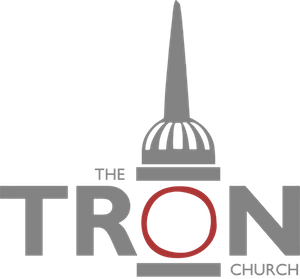"“Truly, truly, I say to you, he who does not enter the sheepfold by the door but climbs in by another way, that man is a thief and a robber. 2 But he who enters by the door is the shepherd of the sheep. 3 To him the gatekeeper opens. The sheep hear his voice, and he calls his own sheep by name and leads them out. 4 When he has brought out all his own, he goes before them, and the sheep follow him, for they know his voice. 5 A stranger they will not follow, but they will flee from him, for they do not know the voice of strangers.” 6 This figure of speech Jesus used with them, but they did not understand what he was saying to them."
John 10:1-6
The word 'parable' in 6 is not the usual New Testament word, and in the Greek signifies 'a proverb' or 'veiled speech', and this is some indication that we ought not to be over-concerned to identify the various 'actors' in it, the sheep, the thieves and robbers, the porter. Calvin very wisely says, 'It is useless to scrutinise too closely every part of this parable. Let us rest satisfied with this general view that, as Christ states a resemblance between the Church and a sheepfold, in which God assembles all his people, so He compares Himself to a door, because there is no other entrance into the Church but by Himself. Hence it follows that they alone are good shepherds who lead men straight to Christ; and that they are truly gathered into the fold of Christ, so as to belong to His flock, who devote themselves to Christ alone.' Let us not, then, be too concerned to identify the porter, but be content with the general picture, for in it the message is quite clear.
The question that 9:34ff poses is: Who is the true leader and ruler of the true people of God, and who has the proper authority to include or exclude a man from the society of God's chosen people: The Pharisees, or Christ? They had excluded the man on the ground that the thing that had happened to him could not be fitted into their categories of thought, and therefore was unacceptable to them. This was their way of disposing of difficult problems. On the other hand, Jesus had reinstated him. And in this parabolic oblique way, Jesus was saying, 'Which of us has real authority; is your action in excommunicating him, or Mine in welcoming him, the authentic one?'
Jesus uses two metaphors or illustrations to convey his message. In the first part of the chapter (1-9) it is Christ as the Door that is in view, and the relation of shepherds, false and true, to the door, which is Christ. In the second part of the chapter (10ff) Christ is the Shepherd, a different, though related, metaphor. The two ideas must be kept clear and distinct in our minds.
